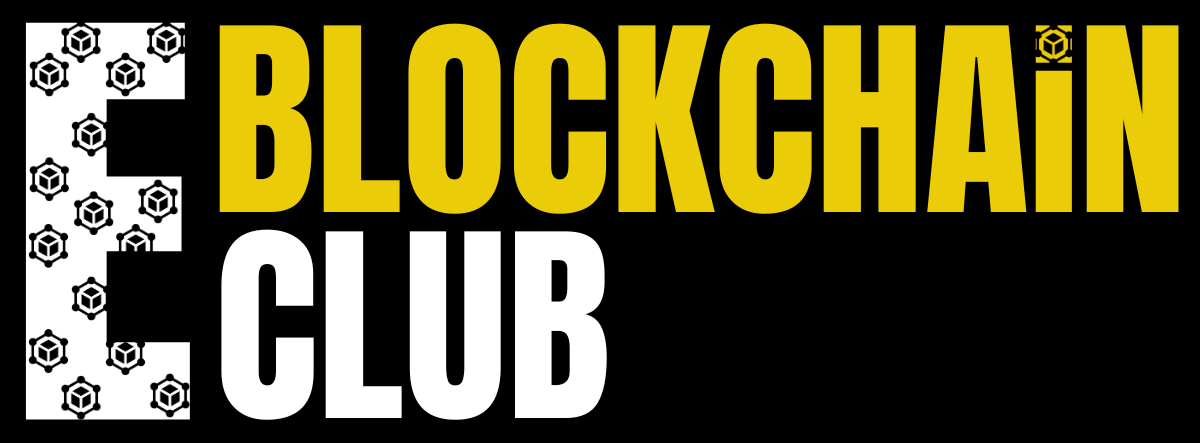What is Ripple?
How does Ripple work with banks? Ripple is simply a money transfer network which is designed to serve the needs, more specifically to the needs of the financial services industry. The native coin which runs around the network in Ripple is XRP. Looking at the current market cap XRP is amongst the top 10 coins in the market. But how did it gain such a good reputation ?
Well, back in 2004 as RipplePay in Vancouver, Canada by Ryan Fugger as a way of securely moving money around the world. In 2012, Fugger sold the company to Jed McCaleb, Arthur Britto, and David Schwartz, who transformed the company into a digital currency network and renamed it OpenCoin. McCaleb, who was the former founder of failed cryptocurrency exchange, Mt. Gox, left the company and forked Ripple into Stellar in 2013.
The company was renamed Ripple Labs in 2013 and, in 2015, was finally shortened to just “Ripple.”
How does Ripple Work with Banks? Lets understand the core features

XRPL
The basis for Ripple, like any other cryptocurrency, lies in its blockchain that provides a permanent and unchangeable record of transactions. In Ripple’s case, the blockchain, or electronic ledger, that keeps track of transaction information such as accounts, balances, and transfers, is called XRPL (which stands for XRP Ledger).
The blockchain is secured cryptographically with key pairs, and transactions are only authorized by the holder of private keys. This is where the similarity with Bitcoin and other cryptocurrencies ends.
Quorum-based
Ripple doesn’t use Proof-of-Work or Proof-of-Stake network consensus protocols. Instead, it has a quorum-based consensus method, which Ripple calls RPCA (Ripple Protocol Consensus Algorithm) to allow a majority of validators – servers specifically configured to participate actively in consensus – to agree a set of transactions should occur in a ledger entry.
That agreed-upon version of the ledger entry is validated and written to the blockchain, and its contents can never change.
Unique Node List
While Ripple provides a default recommended list of ~35 validators based on past performance, each participating node in the network is free to choose its own list of validators. This list is called a Unique Node List, or UNL, that is specific to each node.
Each node should carefully choose validators from among the 150+ present validators based on who they believe will behave honestly most of the time and not collude with other validators to break the rules.
Consensus
Each validator proposes what they deem to be the correct block containing new transactions. They compare blocks, or ledger entries, every 3 to 6 seconds, and if an 80% majority of validator nodes agree on the transactions and order, a consensus is achieved, and the block is added to the XRPL and forms the starting point of the next block.
However, if 80% of validators don’t agree on what transactions should be written to the ledger, each validator modifies their proposals to more closely match the other validators they trust on their UNLs. This may repeat for several rounds until a consensus is reached.
Ripple Controversy

Ripple has faced some level of controversy, with the most prominent being the team’s decision to utilize a centralized framework, giving Ripple complete control over the supply of XRP. This, coupled with the nature of its underlying framework, indicates that, unlike BTC, XRP is more of a centralized cryptocurrency. The network also came under fire in 2014 when it introduced the balance freezer feature. The feature enabled the protocol to confiscate all non-XRP currency from users that were in violation of anti-money laundering rules.
Ripple was the subject of a lawsuit from blockchain firm R3, which accused the project of illegally terminating an agreement between the two. In Response, Ripple filed its own lawsuit against R3, stating that the latter had not held up its end of the deal. The project has also had a couple of run-ins with regulatory authorities, with the first coming in 2015 when Ripple was fined $700,000 for not complying with the Bank Secrecy Acts.
The second run-in was far more significant when the SEC filed a lawsuit against Ripple Labs, alleging the $1.3 billion of XRP was transferred as securities without the mandatory registration with the SEC.
Limitations of Ripple
It’s not decentralized like other blockchain solutions. People use cryptocurrencies because they are decentralized, but with Ripple, you have one organization controlling the supply and demand, making it similar to a bank.
- As of now, Ripple Labs own 61% of the total coins, making it a monopoly.
- Ripple is open-source, which makes it vulnerable to attacks. It’s highly unlikely but still something to consider.
Ripple Future and Current Market Price Status
Ripple is looking to enable the financial system to move around funds in record time and hopes to bring all the major banks and financial institutions onto its platform. While the company has had its fair share of controversy, it has continued to add major institutions as partners, hinting at the robustness of the project. For now, the project’s future depends on how RippleNet maintains its existing partnerships while continuing to add more.
The Below shows the 3 Months Ripple chart, which will provide how it is performing.
Hope you all like our view on Ripple. If you would like you read more on Blockchain and Crypto, visit our blog eBlockchain Club.

